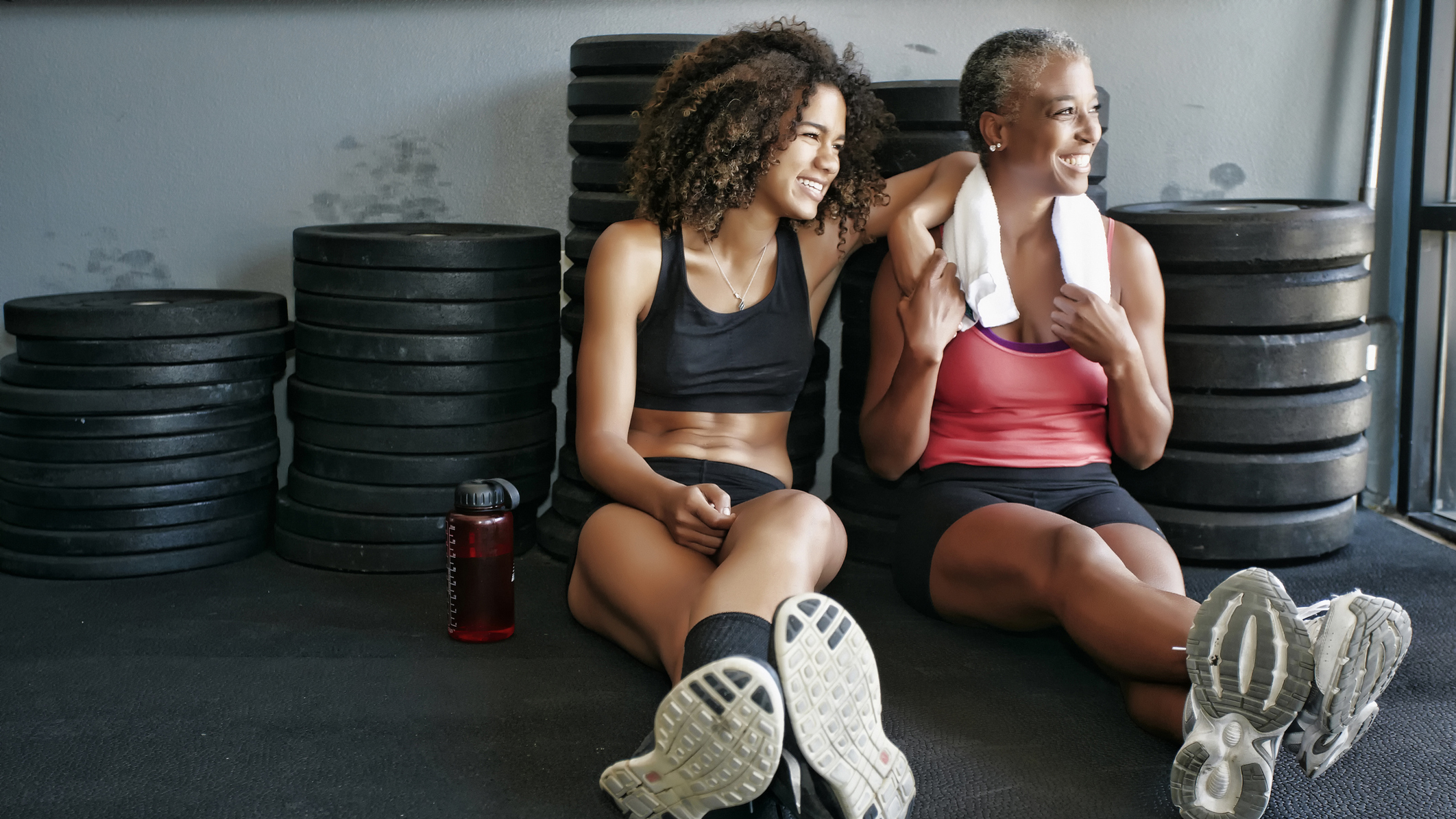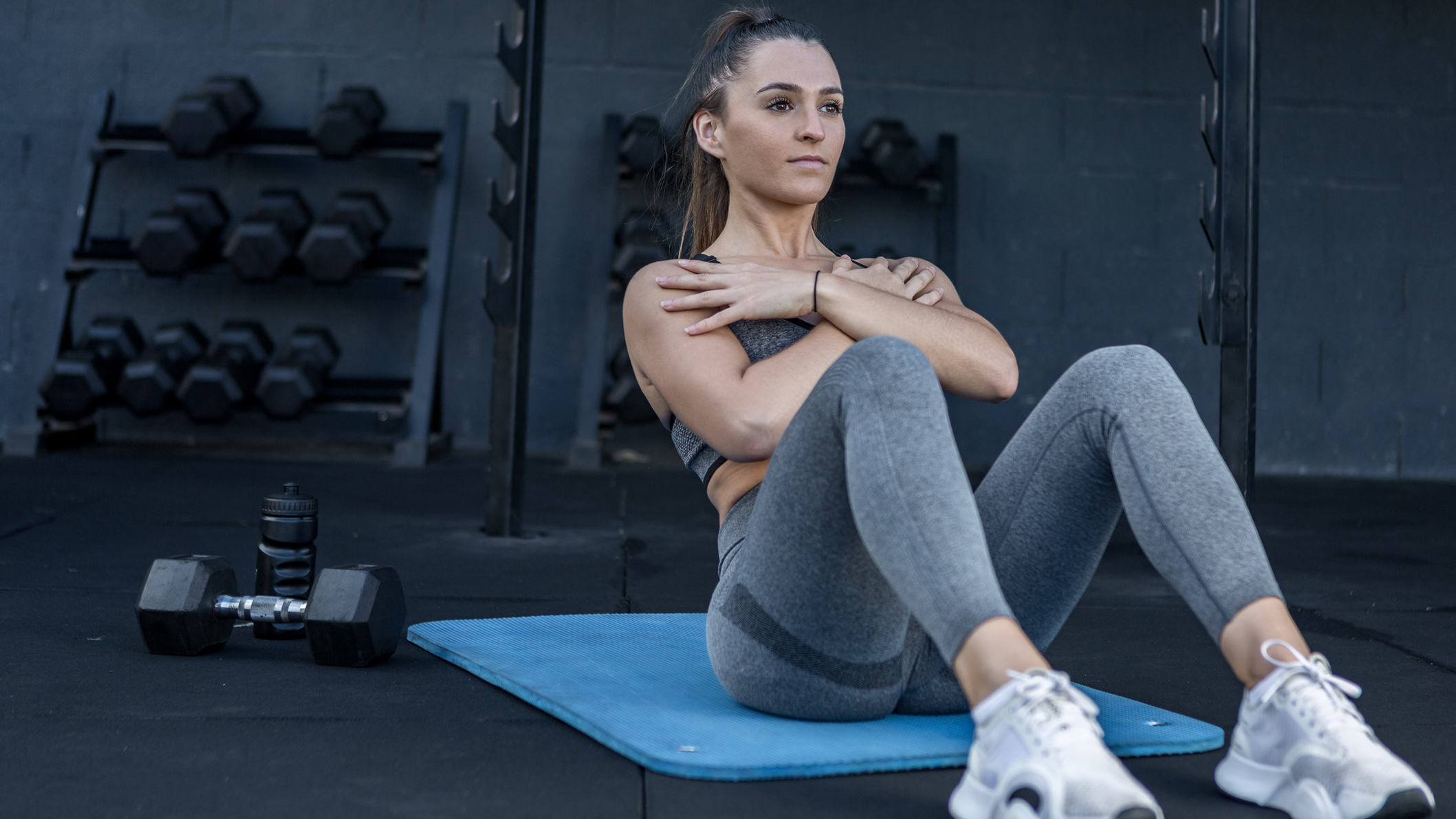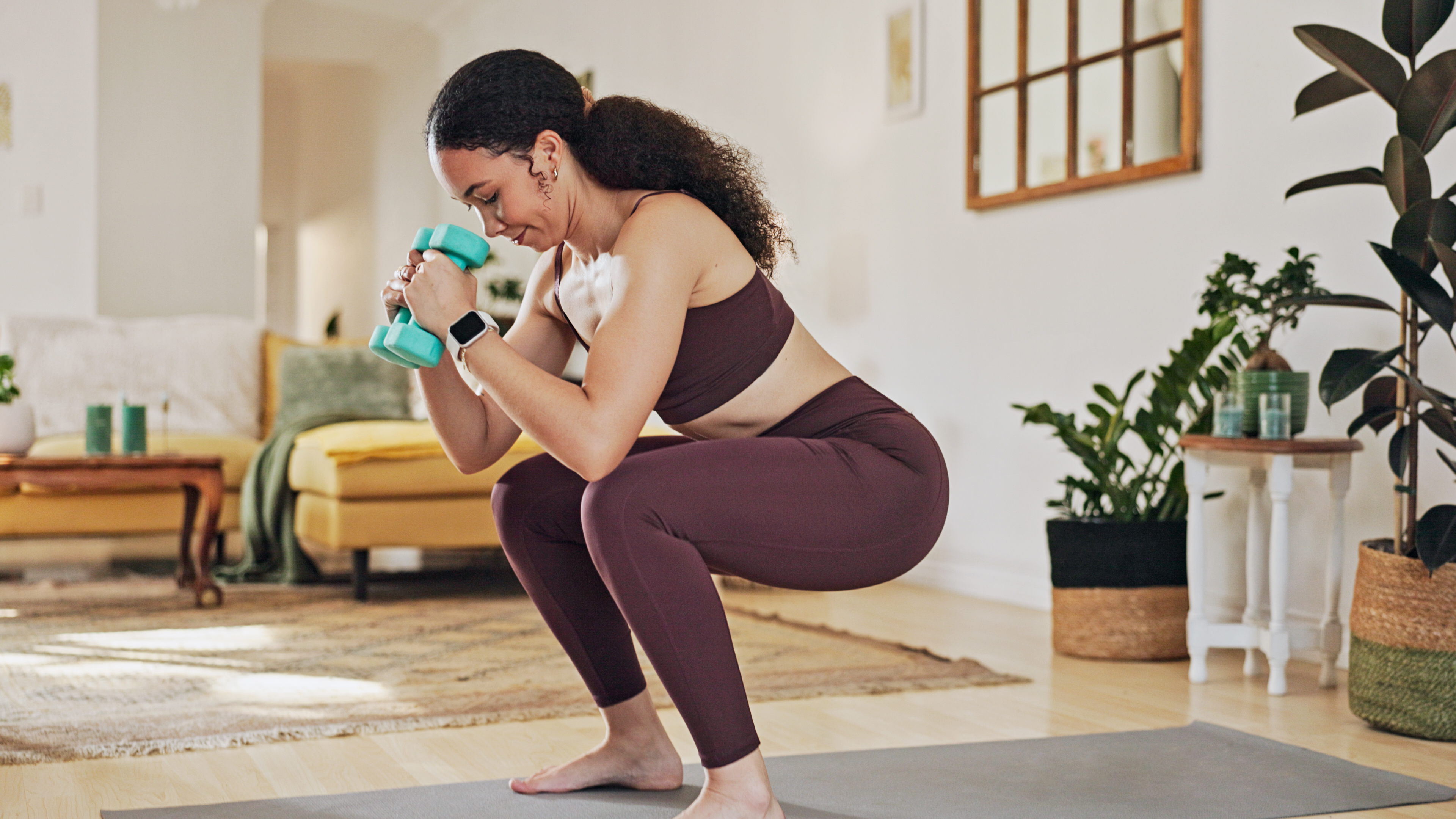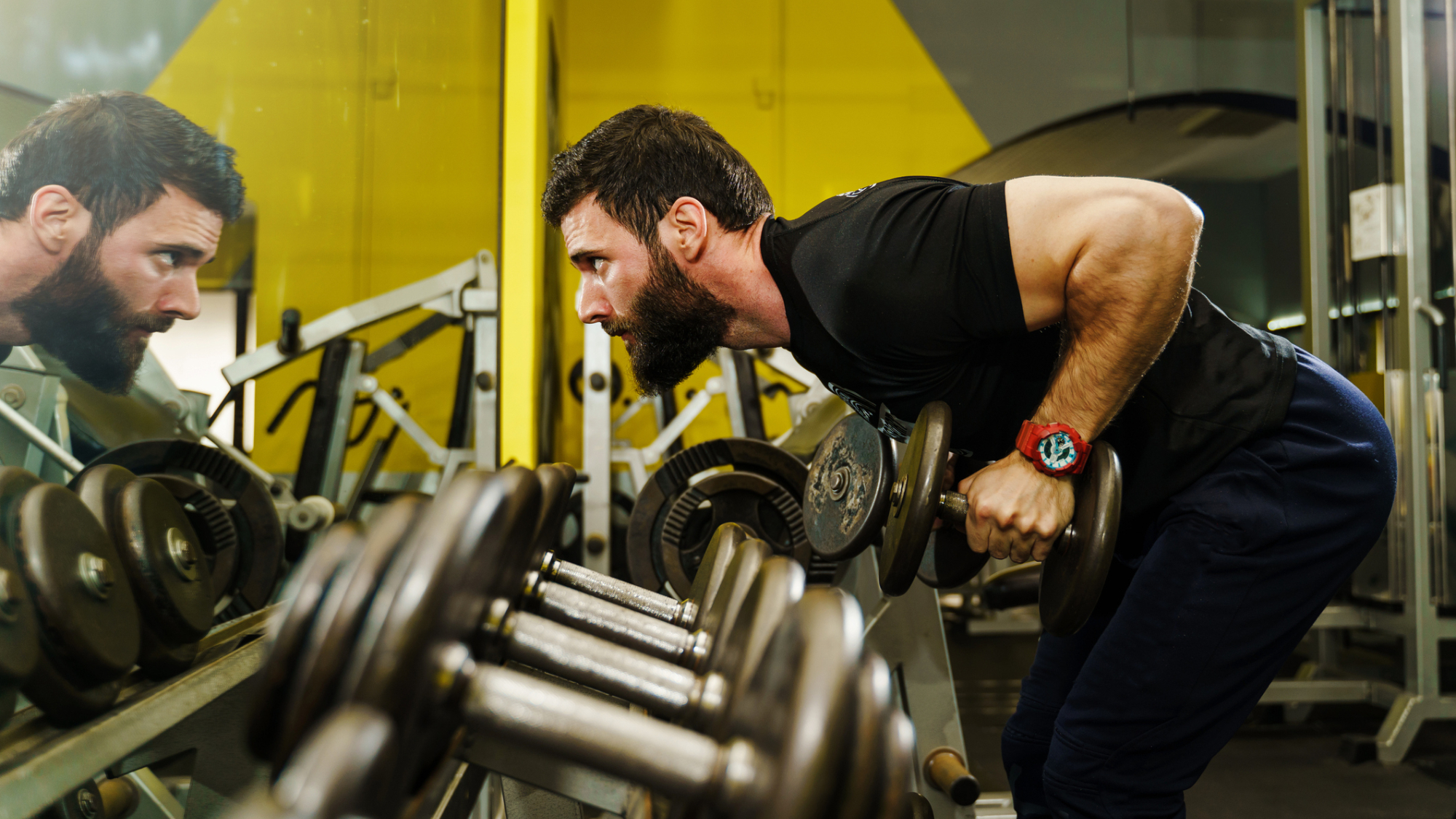
Being a beginner at anything can be daunting. Whether it’s a new job, learning to drive, or picking up a new hobby, it can be a minefield of information. Working out is no different, with the internet and social media full of advice, tips, and endless exercise routines in countless styles. So where do you begin?
According to fitness trainer Cara D'Orazio, the best thing to focus on is to start slow. "If you're completely new to exercise, start by doing walks outside for a week. You can then build on this and add strength training," she explains.
Rushing in as a beginner could put you at risk of injury so it’s best to seek professional guidance, especially if you want to work out with weights.
With this in mind, D'Orazio has suggested four strength-focused movements that beginners should learn to master first. They will target your upper and lower body and are a great foundation to build from. She also shared her top form tips, and some common mistakes she sees so you can avoid making them too.
All you’ll need are some dumbbells and a yoga mat to take part.
Abdominal crunch:

- Lie on your back with your knees bent and feet planted hip-width apart. Place your arms across your chest and make sure your lower back is firmly pressing into the ground.
- On an exhale, use your abdominal muscles to lift your head and shoulders off the floor, keeping your neck relaxed.
- Hold this position for a few seconds then return to the floor. That’s one rep.
Form tips
- Keep a tennis ball distance between the chin and chest.
- Don’t squeeze your bum, keep your hips relaxed and engage the core.
Squat

- Stand with feet roughly shoulder-width apart. You can hold your arms out in front of you or cross them over your chest.
- Bend your knees and drive your hips backward to move down into the squat.
- Once your legs have reached a position parallel to the ground, push through your heels to stand back up.
Form tips
- Don’t let your knees go over your toes.
- If squatting with weights, beginners should avoid using a barbell at first, instead try holding a weight close to your chest, by your shoulders or just use your bodyweight.
Biceps curl

- Hold a dumbbell in each hand by your side, with your palms facing forward.
- On an exhale, bend your elbows and bring the weights up so they’re close to your shoulders.
- Inhale and return the weight to its original position. Don’t let it fall; move it with control to maximize muscle engagement.
Form tips
- Don’t pop your elbows to the side, keep them back and close to the sides of your body.
- Lengthen your arms all the way down to get the full range of motion, but without locking the elbows.
Narrow row

- Hold a dumbbell in each hand and stand with feet roughly hip-width apart. Lean forward, so your torso is at a 45° angle. The dumbbells should be down by your calves.
- Row the dumbbells up to your chest by bending your elbows.
- Return the dumbbells to their starting position with control.
Form tips
- Keep elbows pinned to your sides.
- When you lean over, hinge at the hips and keep your shoulders pinned back to avoid rounding your back forward.
Benefits of full-body strength training routines
Once you've mastered the above moves, you can use them in full-body dumbbell workouts. These types of workouts are excellent if you're short on time but want to build comprehensive strength.
Speaking with Fit&Well previously, Tom Brownlee, a sports scientist and assistant professor at the University of Birmingham, advised that full-body routines offer several advantages over sessions that focus on specific body areas.
"[Full-body training] training engages multiple muscle groups in a single session; it’s time-efficient and it enhances cardiovascular health, due to the intense nature of the workouts. Additionally, full-body routines can help prevent muscle imbalances, reduce the risk of overuse injuries—when programmed correctly—and are adaptable to various fitness goals, making them a versatile choice for many individuals."
Commit to regular sessions, while gradually increasing the weight or number of repetitions you do of each move, and you should see serious strength improvements.
Need some new weights for your home workouts? Have a look at our guide to the best adjustable dumbbells







